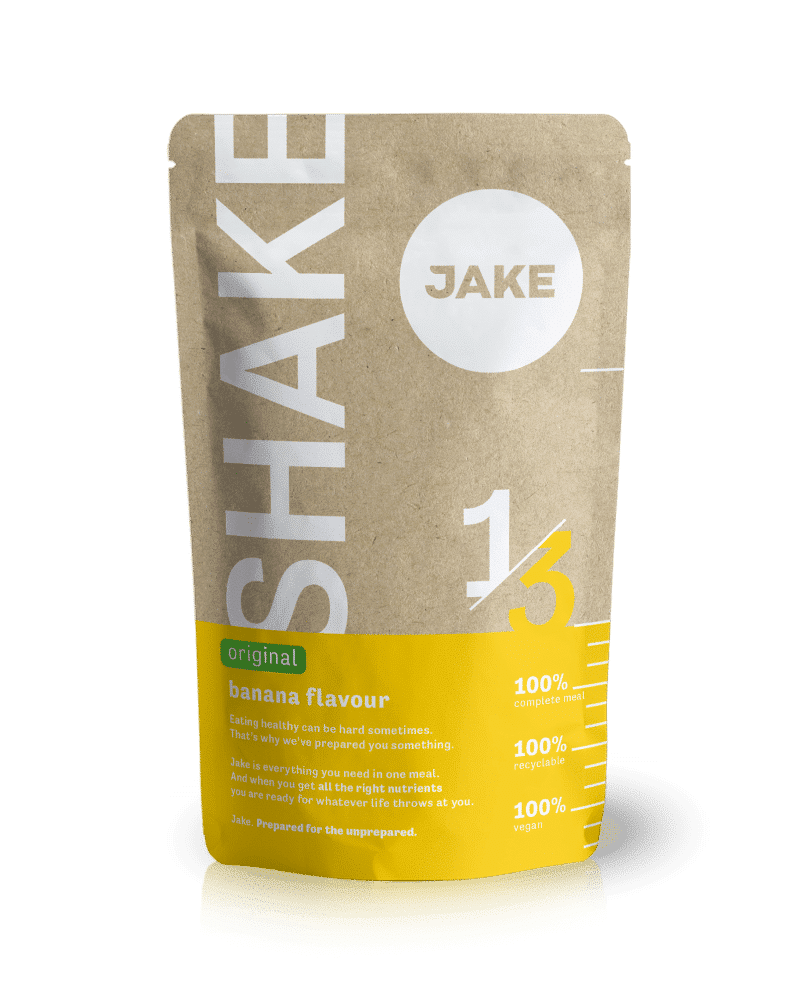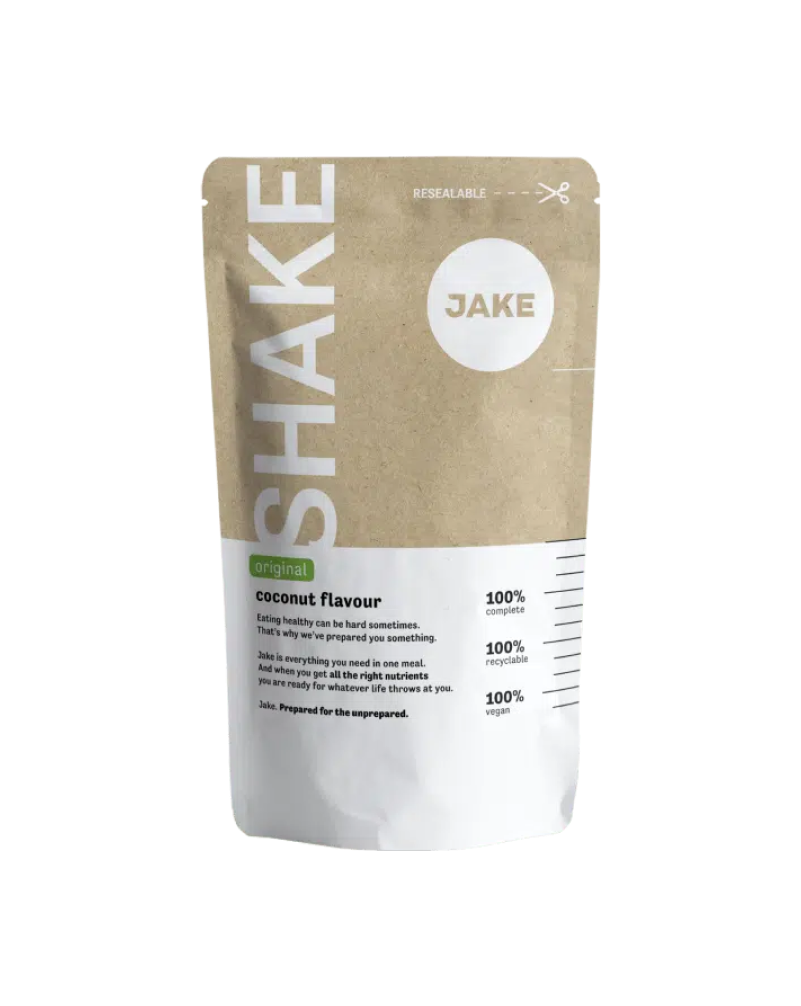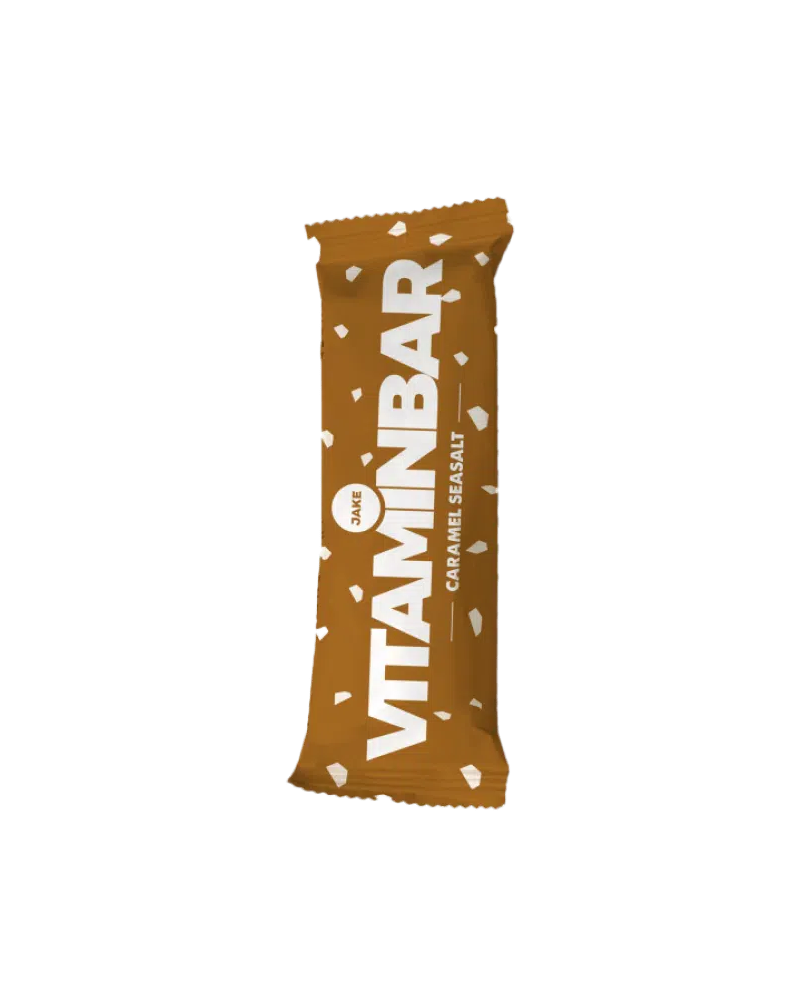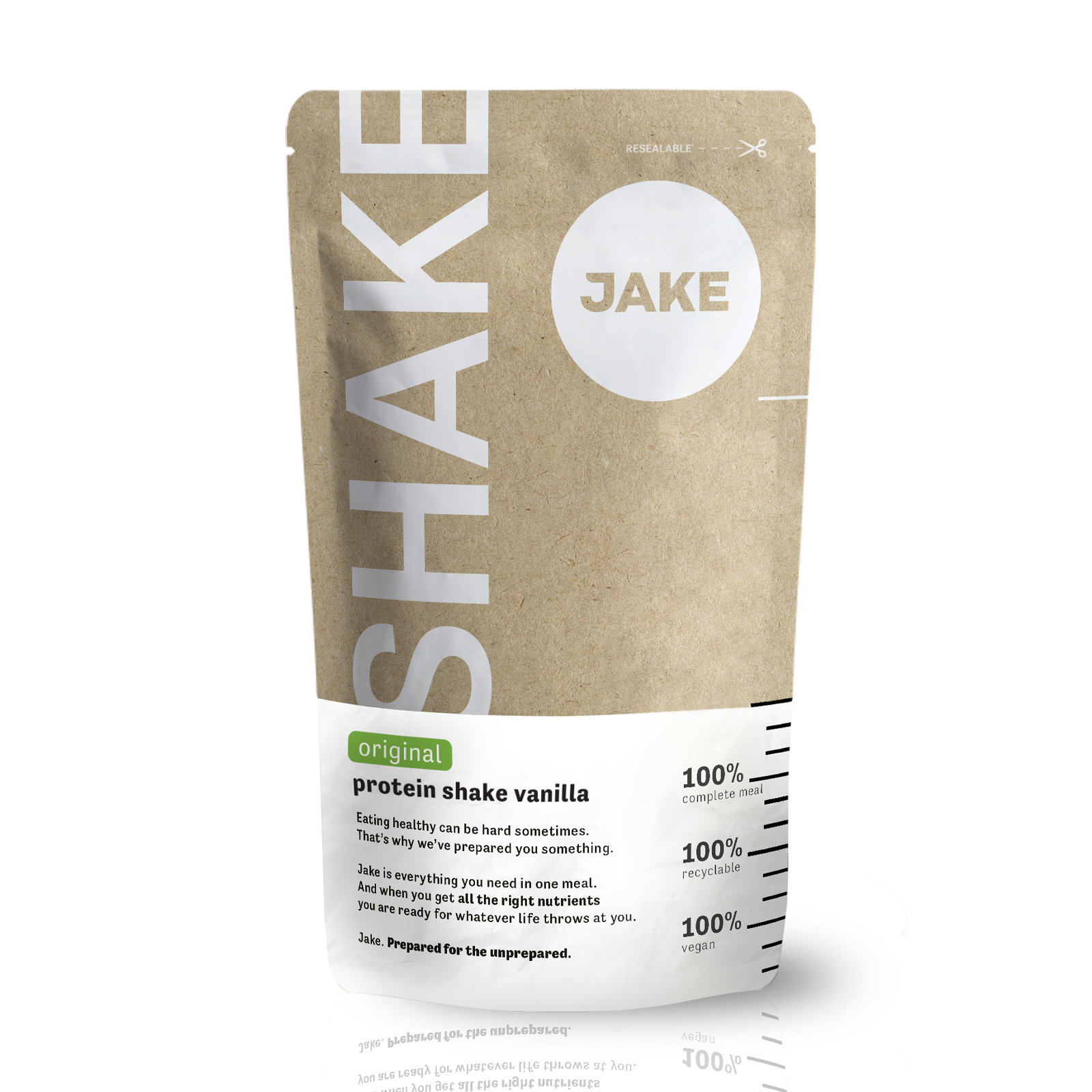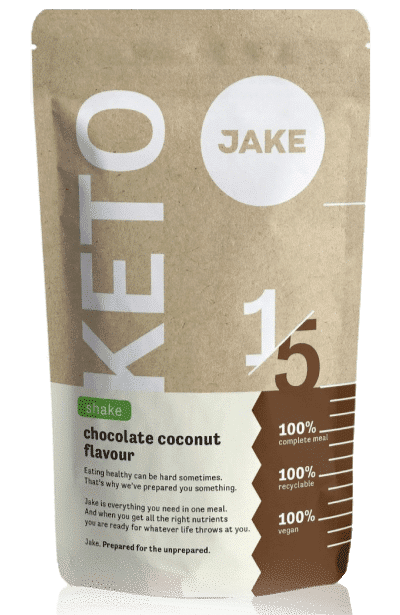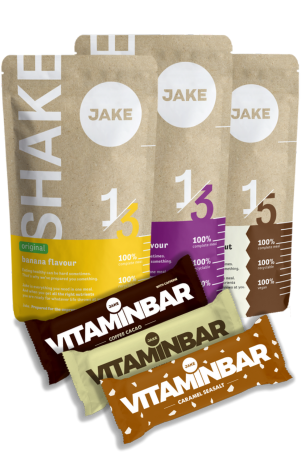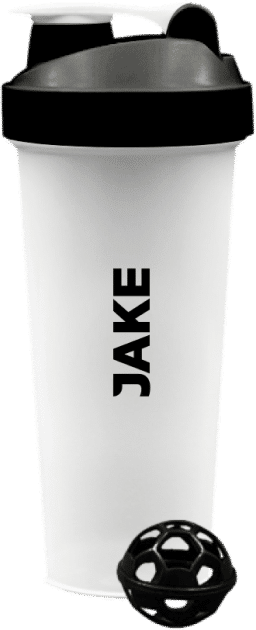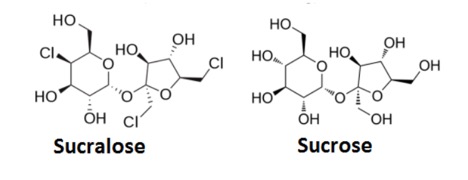3-minute read•March 11th, 2019
It was the summer of 1975, in London. A young chemist and his advisor were working on developing a new insecticide, when a simple misunderstanding brought them in an unexpected new direction. Mishearing the instructions to ‘test’ the substance they had just made, the young chemist tasted it instead, only to discover that it’s extremely sweet. In the end, it was no good as an insecticide. But it was to become one of the most popular sugar substitutes in foods and beverages across the globe: sucralose.
Just like sugar itself, sugar substitutes are often in the nutritional spotlight. As a result, a lot of noise accumulates around them. But you can’t believe everything you hear. Here, we look at some facts about sucralose that you can believe.
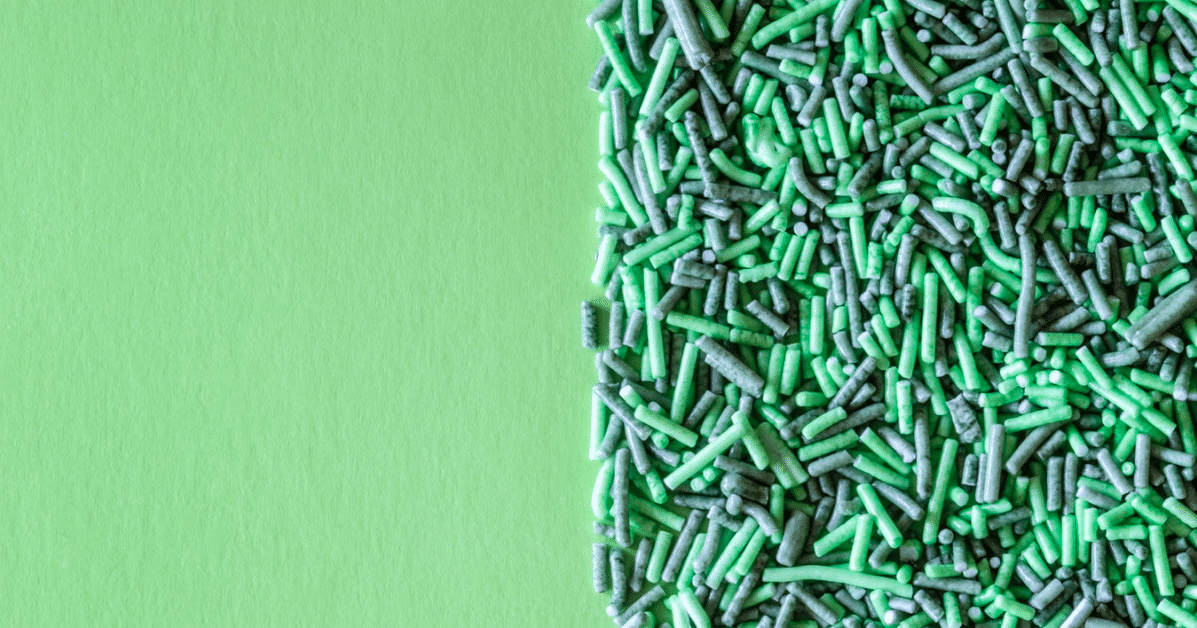
What is sucralose?
Sucralose is a sweetener based on sucrose, aka ‘table sugar’. By means of a multi-step process, three of the hydroxyl groups of a sucrose molecule are replaced with chlorine atoms. The resulting sucralose molecule is about 600 times sweeter than sucrose.
Since 1991, when it was internationally approved for use in food, sucralose has been widely utilised in candy, canned fruits, soft drinks and a variety of other products. Since it remains very stable in high temperatures, sucralose is also suitable for baking.
What effect does sucralose have on your body?
Unlike sucrose, sucralose cannot be broken down by your body so well. Only about 11-27% of the sucralose you eat is absorbed in your intestines, and of this amount, less than 30% is actually digested. What this means is not only that you need 600 times less sucralose than sucrose to get to the same level of sweetness, but you’re also getting almost no calories from it.
As a sugar substitute, sucralose is mostly associated with dieting and weight loss. Indeed, sucralose can help lower your daily caloric intake and, depending on your overall diet and physical activity, could play a supporting role in weight loss. Next to that, since sucralose doesn’t raise blood sugar levelsSource: Nature, it can be a useful tool for people with diabetes who need to keep their blood sugar levels under control. An additional benefit of sucralose over sugar is that sucralose is less likely to cause dental cariesSource: The Journal of Clinical Dentistry.
Is sucralose safe?
Sucralose is considered safe and approved for use in food products in over 80 countries across the globe. As is the case with other sugar substitutes, sucralose has been discussed in the context of several health concerns, from the increase of appetite and, consequently, contribution to weight gainSource: Yale Journal of Biology and Medicine to even playing a role in cancer development. Triggered by some of this research, the European Food Safety Authority (EFSA) made an assessment and issued a statement clarifying that there is no evidence of carcinogenic propertiesSource: EFSA of sucralose in humans. When it comes to sucralose’s effect on appetite and weight gain, findings are very mixedSource: Obesity Journal and, after all, whether you eat or replace sugar is just one of multiple factors involved in weight regulation.
The bottom line is that there’s currently no evidence of any harmful effects of sucralose on our health. Therefore, it’s considered safe for use in food, including medical nutrition for children between 1-3 years old.
Sucralose is used for tracking domestic wastewater. Since it’s so commonly used in foods, it’s become a household commodity and its presence in water basins is a reliable indication of the presence of domestic wastewater. Next to sucralose, caffeine can also been used in this way, but sucralose has the advantage of being a more stable molecule.
How much sucralose should you eat?
Since sucralose is not a nutrient, there’s no dietary intake recommendation for it. The EU Scientific Committee on Food (SCF) considers 0-15 mg sucralose/kg of body weight to be an acceptable daily intake (ADI). ADIs are designed to be quite conservative, as intakes of up to 100 times higher are still considered safeSource: Food Additives & Contaminants.
Sucralose in Jake
Sucralose is the sweetener of choice in Jake and there are two reasons for picking it. The first is that it’s safe. The second is that it’s efficient. It’s 600 times as sweet as table sugar, which means that we can get to the current level of sweetness of Jake by using a very small amount of sucralose and without adding any calories.
Thanks to the fact that sucralose is a very stable molecule, it doesn’t change or breakdown within the shelf-life of Jake. It also won’t break down if you heat up your Jake, should you be so inclined. Could we have gone for another sugar substitute? Yes, we could have. But one of sucralose’s hidden aces is that it doesn’t have a bitter aftertaste like some other sweeteners. Instead, it delivers what it promises – all the sweetness, none of the calories.
Afraid to miss out on essential nutrients your body needs? You can always take our Jake meal replacement shakes or one of our delicious meal replacement bars.
